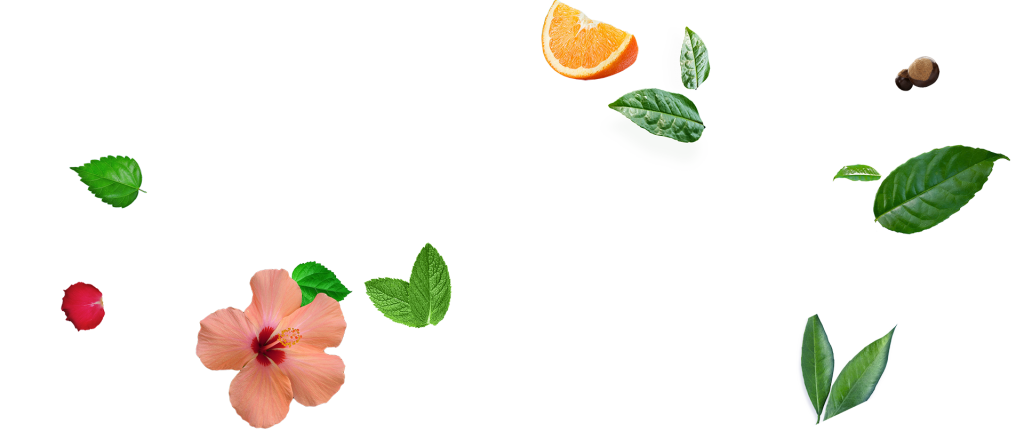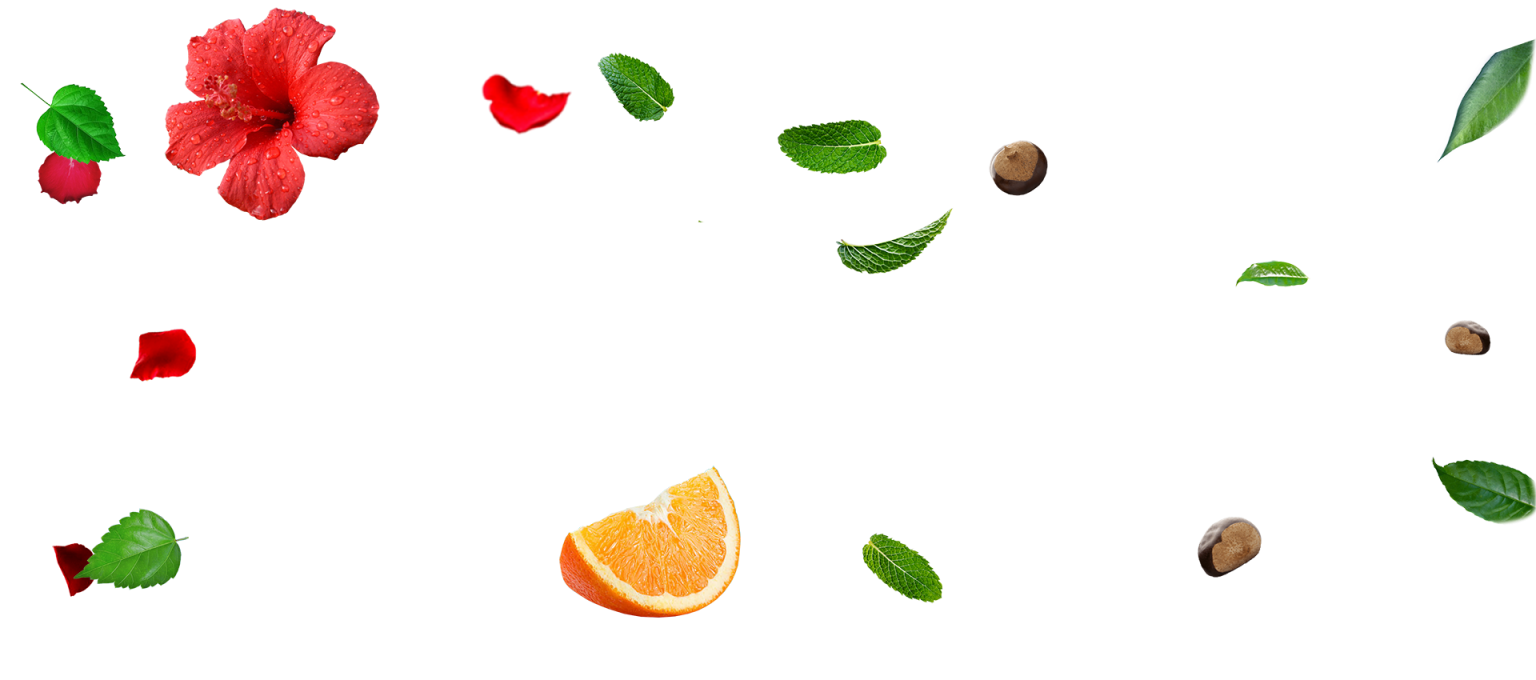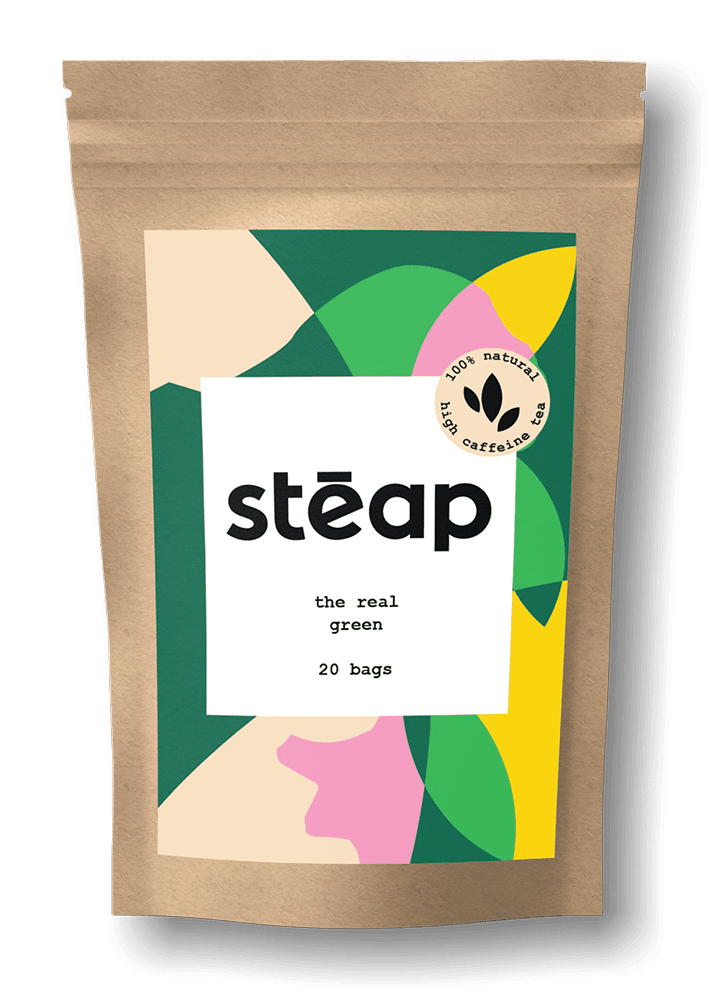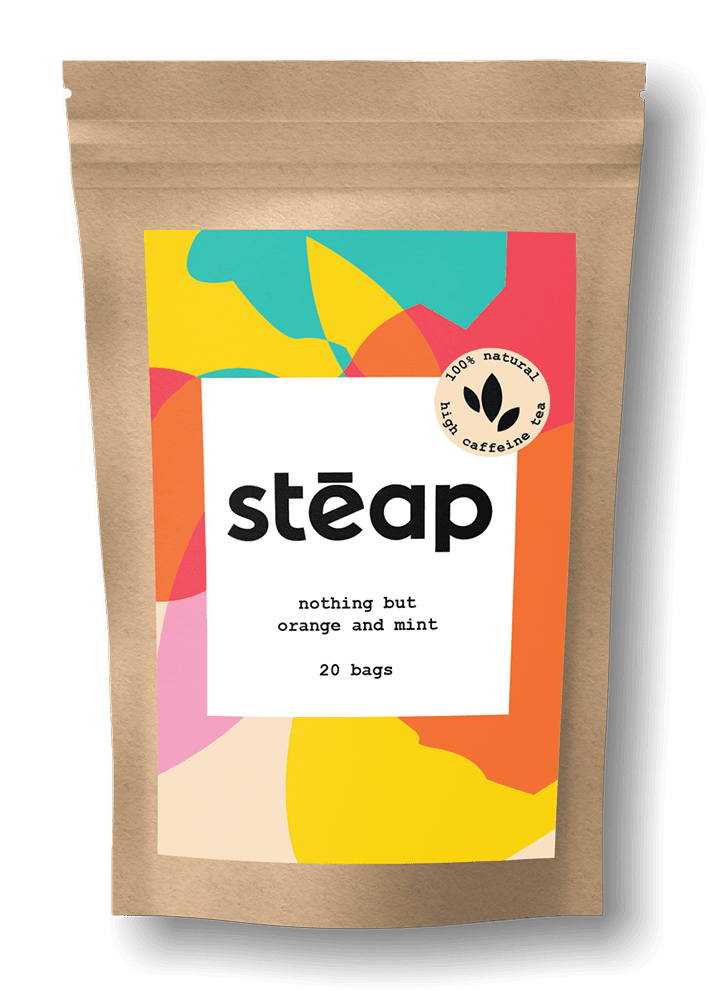

Frequently
asked questions
Guayusa (gwhy-you-sa) is a super leaf almost exclusively found in the Amazonian forest of Ecuador. The leaves have stimulating properties such as caffeine and theobromine. Guayusa is related to Yerba mate, another more familiar plant and also located in the amazon region. Guayusa however has, contrary to yerba mate, no bitter tannins and around 2 times more caffeine.
Guarana has been used for centuries by Amazonian cultures and was traditionally boiled for tea. Guarana is a powerful seed primarily produced in the Brazilian states of the amazon region and Bahia. These seeds have the same size of a coffee bean but contain up to 2 or 3 times more caffeine. Just like guayusa it contains theobromine and has a lot of antioxidants.
We like it evidence based!
- European Food Safety Authority (ESFA). Scientific opinion on the safety of caffeine. EFSA J. 2015, 13 (5), 4102.
- United States Food and Drug Administration (U.S. FDA). Spilling the Beans: How Much Caffeine Is Too Much?; U.S. FDA: Silver Spring, MD, 2018;
- Patino, V. M. Guayusa, a neglected stimulant from the Eastern Andean foothills. Economic Botany 22 (4):311–6. 1968. doi:10.1007/ BF02908125.
- Lewis, W. H., E. J. Kennelly, G. N. Bass, H. J. Wedner, M. P. Elvin- Lewis, and W. D. Fast. Ritualistic use of the holly Ilex guayusa by Amazonian Jivaro Indians. Journal of Ethnopharmacology 33 (1–2):25–30. doi: 10.1016/0378-8741(91)90156-8. 1991
- Graham Wise & Adam Negrin. A critical review of the composition and history of safe use of guayusa: a stimulant and antioxidant novel food. Food Science and Nutrition, 60:14, 2393-2404. August 2019
- Madison et al. Safety of Guarana Seed as a Dietary Ingredient: A Review. J. Agric. Food Chem. 2019, 67, 11281−11287
- Graham Wise & Adam Negrin. A critical review of the composition and history of safe use of guayusa: a stimulant and antioxidant novel food. Food Science and Nutrition, 60:14, 2393-2404. August 2019
- Pardau et al. Antioxidant and anti-inflammatory properties of Ilex guayusa tea preparations: a comparison to Camellia sinensis teas. Food & Function 2017.
- Gill, R. C. White water and black magic. New York, NY: Henry Holt and Company. 1940.
- Bussmann et al. Antibacterial activity of medicinal plants of Northern Peru – can traditional applications provide leads for modern science? Indian Journal of Traditional Knowledge 9 (4):742–53.2010
- Bussmann et al. Minimum inhibitory concentrations of medicinal plants used in Northern Peru as antibacterial remedies. Journal of Ethnopharmacology. 2010
- Eva Martínez-Pinilla et al. The relevance of theobromine for the beneficial effects of cocoa consumption. Front Pharmacol. 2015; 6: 30.
- Valeria Estefanía Fernández Romero. Evaluacion de extractos organicos de ilex guayusa como nutraceuticos en al tratamiento de la diabetes tipo 2. Universidad del Azuay. 2014
Drinking coffee can cause unpleasant peaks and crashes in energy, making you even more tired than before. This is caused by the production process of coffee beans. These beans are dried and then roasted. The roasting process destroys almost all antioxidants and cracks down the bean matrix. The result is that caffeine is not bound to the bean matrix anymore and therefore immediately releases into the bloodstream after consuming. With guayusa and guarana however, caffeine and other stimulants are still bound to the leaf matrix and are slowly released into the bloodstream, providing long lasting energy to stay focused for hours.
For safe intake levels of caffeine, there are various international guidelines. The European Food Safety Authority (EFSA) and the United States Food and Drug Administration (U.S. FDA) both recommend no more than 400 mg of caffeine daily for adults. This accounts for both coffee, energy drinks, some sodas and/or Stēap. That last one, our favorite drink, contains around 100 to 125mg of caffeine per cup. We advise to drink not more than three cups of Stēap on a daily basis.
We aim to deliver your energy pack within 2-3 days. Most of the times we send it on the same day. If you want to have your Stēap pack within a couple of hours: please contact us via mail or the live chat and we might come up with a creative solution.
The shipping cost depends on the delivery location. Shipping to a city in the Netherlands costs 3,95 euro. Shipping towards other countries is slightly more expensive. You can calculate your shipping automatically at the check- out page after you fill in the location.
Stēap really is 100% natural! No added aromas, no artificial caffeine, and no added sugars. All blends are made of natural ingredients only. The only ingredients we use are: guayusa, guarana, orange blossom, lemon verbena, spearmint, hibiscus and rose petals.
Around 98 percent of the guayusa (Ilex guayusa) in the world is from Ecuador, mainly the upper Amazon region around the Andes Mountains. It’s a leaf brewed like tea, but it’s not the same plant as green or black tea. The earliest evidence of human utilization of the guayusa plant is a 1,500-year-old bundle of guayusa leaves found in a medicine man’s tomb in the Bolivian Andes, far beyond the natural range of the plant. In the 18th century, several missionaries in Colombia, Ecuador and Peru wrote about the uses of the plant, and some of them already consumed it as tea citing digestive and stimulant properties.
The main stimulation from Steap comes from caffeine and theobromine in both guayusa and guarana.
Two big studies determined the antioxidant capacity of guayusa tea using various bioassays, reporting total polyphenolic content, and determining oxygen radical absorption capacity (ORAC) between 1728 — 2019 lmolTE/g (average 1950) of dry mass. This supports the results that conclude that guayusa is a good source of phenolic compounds having antioxidant properties.
We at Stēap believe it is better to be safe than sorry. So, we would suggest you to not drink Stēap during pregnancy, even though we don’t have evidence that it is harmful. This also accounts for breastfeeding. Let’s just say that you can happily “Stēap on” once your little one is crawling out there to discover the world!
Stēap contains around 10 to 15mg theobromine per teabag. It is a compound that exists naturally in a variety of plants, most notably the cacao bean that is used to create pure chocolate. Recent studies have highlighted the potential of theobromine, which may act as anti-inflammatory and cardiovascular protector molecule. More research has to be done, but the currently known results are definitely promising.
Guarana is not known to be associated causally with any serious health risks when consumed properly. Overall, guarana is generally recognized as safe as a dietary ingredient marketed for its flavour and caffeine content. If guidelines for caffeine intake are respected, guarana consumption is not likely to be associated with any serious health risks.
Guayusa has been consumed for thousands of years in the western Amazon as an herbal tea. The research that has been done shows that guayusa is not associated with a history of adverse effects or product safety notifications. It is important to mention that high-quality long-term research hasn’t been done up until this point in time, but the biochemical and phytochemical studies have profiled its complete nutritional content, metabolite composition, and bioactivity, validating guayusa’s antioxidant and stimulant properties. In 2019, Graham Wise & Adam Negrin wrote a well written review out of 103 documents that have been published about Guayusa. In conclusion, guayusa leaves have a well-documented chemical composition and history of safe use.
Energy kJ / 100g 1303.4 ± 34.2 g/100 g
Saturated fatty acids 3.362 ± 0.192 g/100 g
Sodium <3 mg/100 g
Total natural sugar 4.84 ± 0.72 g/100 g
Some guayusa producers, vendors, and other proponents of guayusa widely report that it contains L-theanine. At this point we could not find high quality scientific studies that have identified this amino acid in guayusa. Therefore, we chose to not promote this aspect.
Guayusa leafs are approved by the European union to trade in under HS Code 090300 which refers to Yerba Mate. Guayusa extract is traded under HS Code 210120, which refers to extracts, essences and concentrates of tea or mate, and preparations with a basis of these extracts, essences or concentrates, or with a basis of tea or mate.
Yes. Some studies even suggest anti-diabetes and anti-metabolic syndrome benefits, but evidence is low. Stēap is 100% natural and doesn’t contain any added sugar. The total natural sugar in Guayusa is around 4.84 ± 0.72 g/100g.
Only good vibes when you drink this hibiscus rose. Fruity taste with floral notes. A perfect pick me up to start the day.
Pure green tea with a lightly sweet taste, mildly nutty and without any bitter tannins. An improved classic!
This taste of orange and mint gives a fresh kick on its own. Oh, and this one makes a great ice tea too!



